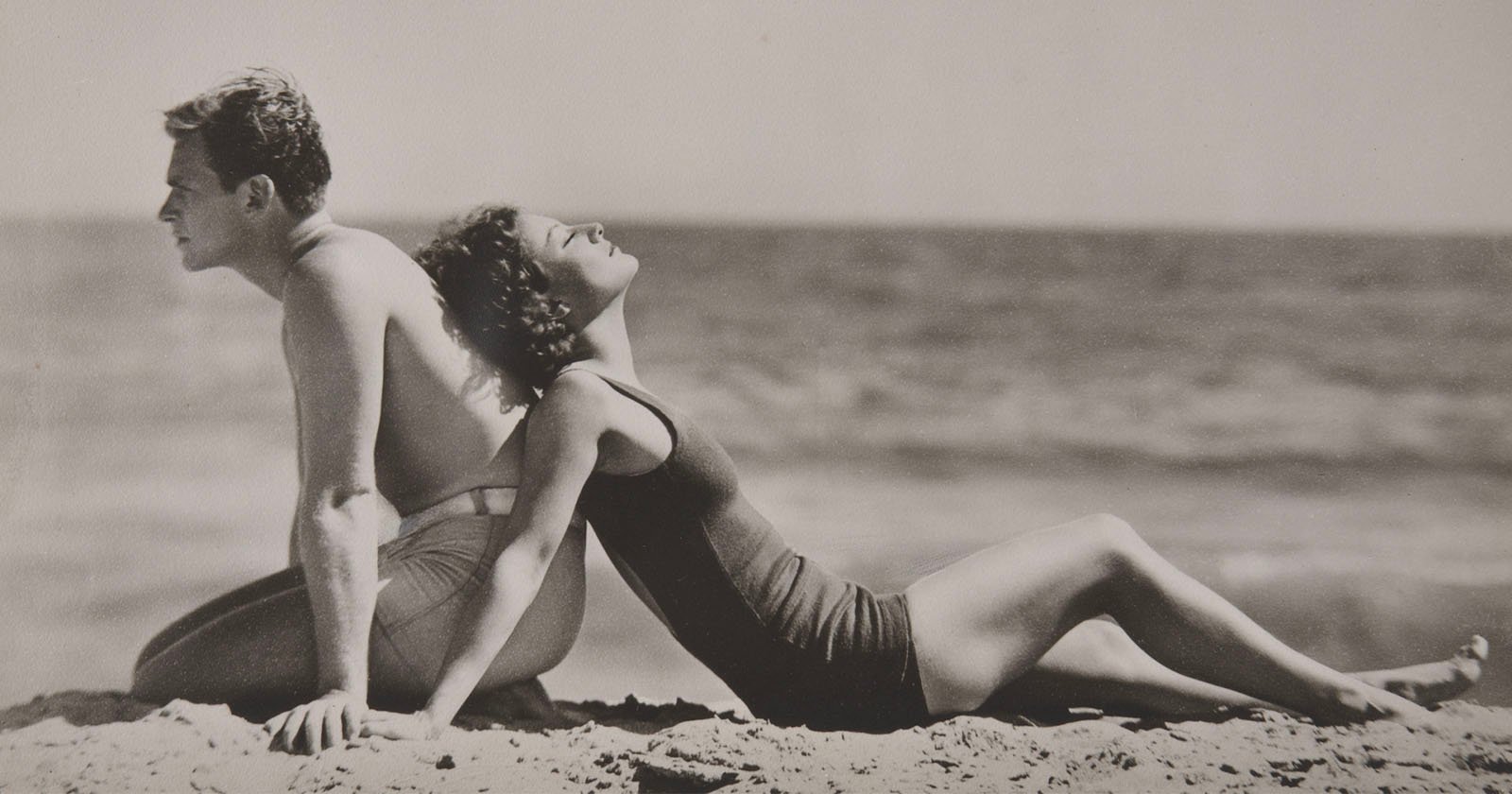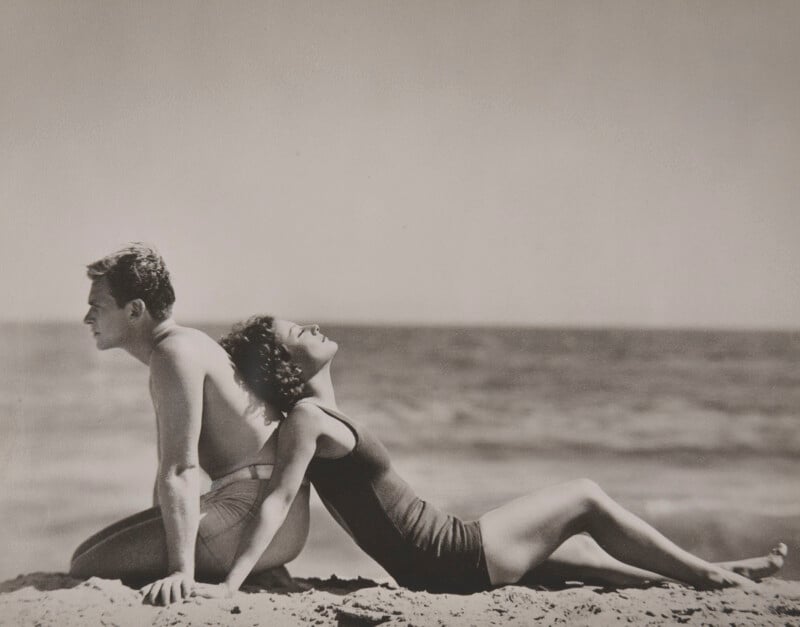 Nickolas Muray (American, b. Hungary, 1892–1965), Joan Crawford and Douglas Fairbanks Jr., Santa Monica, California, 1929. Gelatin silver print. George Eastman Museum, gift of Mrs. Nickolas Muray. © Nickolas Muray Photo Archives.
Nickolas Muray (American, b. Hungary, 1892–1965), Joan Crawford and Douglas Fairbanks Jr., Santa Monica, California, 1929. Gelatin silver print. George Eastman Museum, gift of Mrs. Nickolas Muray. © Nickolas Muray Photo Archives.
Hungary has a rich photographic history. The Central European country has produced some of the greatest photographers of the early 20th century during the golden age of photojournalism — chiefly Robert Capa, Brassaï, and André Kertész.
Many of these photographers traveled from Hungary to Berlin and Paris. While Brassaï — who became close friends with Pablo Picasso — stayed in Paris, both Capa and Kertész carried on to the United States. Hungarian photographers made thier home in New York, Chicago, and Los Angeles.
A new exhibit at the George Eastman Museum in Rochester, New York, will examine the pioneering photographic artistry that emerged out of backdrops of persecution and perseverance as the Hungarian photographers reinvented themselves and made a huge impact on Hungarian photography.
“This exhibition provides an exciting opportunity to understand the true impact that Hungarian émigrés had on the history of photography,” says Jamie M. Allen, Stephen B. and Janice G. Curator and Head of the Department of Photography.
“From artistic efforts through the Bauhaus and New Vision photography to remarkable photojournalistic efforts that have stood the test of time, the photographers in this exhibition underscore the many ways in which individuals can influence our worldview.”
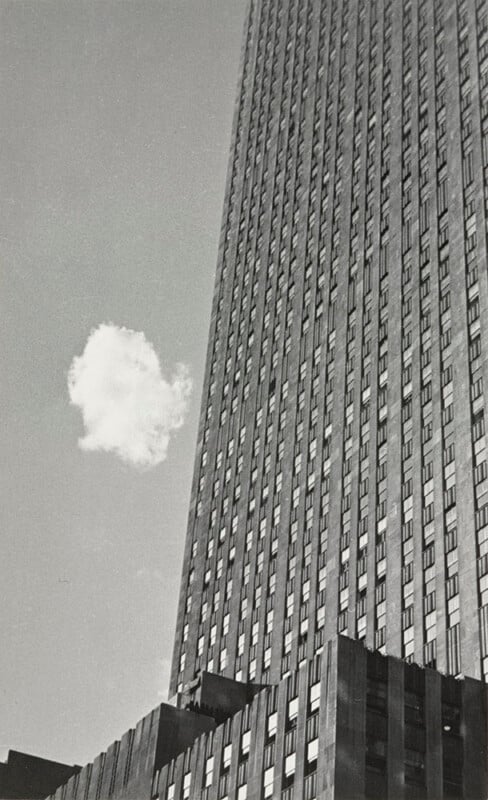 Andreá Kertész (American, b. Hungary, 1894–1985), Lost Cloud , 1937. Gelatin silver print. The Museum of Modern Art, New York. Gift of the artist.
Andreá Kertész (American, b. Hungary, 1894–1985), Lost Cloud , 1937. Gelatin silver print. The Museum of Modern Art, New York. Gift of the artist.
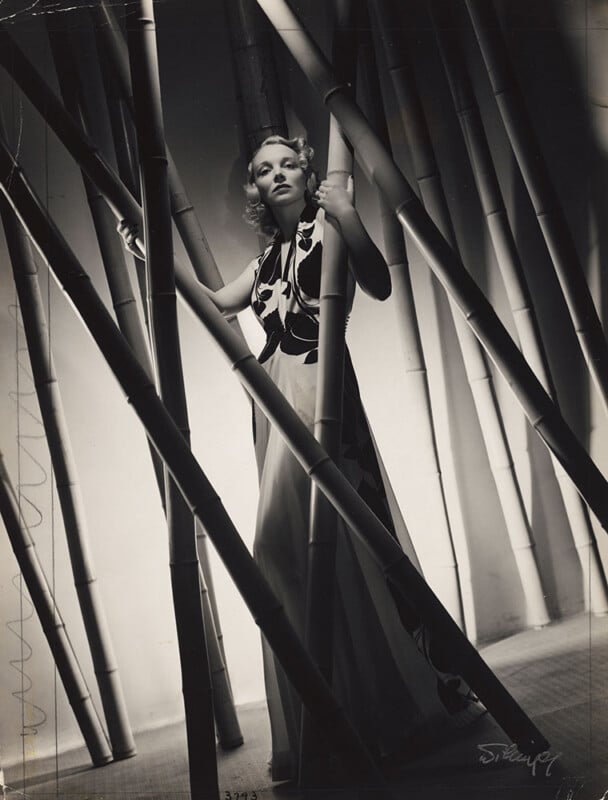 Laászloá Josef Willinger (American, b. Hungary, 1909–1989), Virginia Bruce, ca.1938–39. Gelatin silver print. Virginia Museum of Fine Arts, gift of Howard Greenburg, by exchange, 2020.186.
Laászloá Josef Willinger (American, b. Hungary, 1909–1989), Virginia Bruce, ca.1938–39. Gelatin silver print. Virginia Museum of Fine Arts, gift of Howard Greenburg, by exchange, 2020.186. 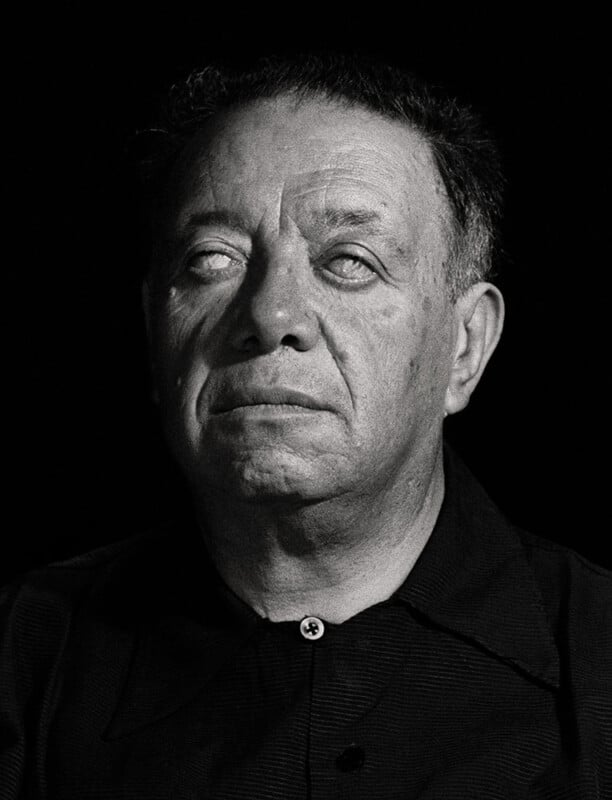 Marcel Sternberger (American, 1899–1956), Diego Rivera in Pose as Buddha, ca. 1952. Vintage silver gelatin print. The Marcel Sternberger Collection, Curator Jacob Loewentheil, Copyright Stephan Loewentheil.
Marcel Sternberger (American, 1899–1956), Diego Rivera in Pose as Buddha, ca. 1952. Vintage silver gelatin print. The Marcel Sternberger Collection, Curator Jacob Loewentheil, Copyright Stephan Loewentheil. 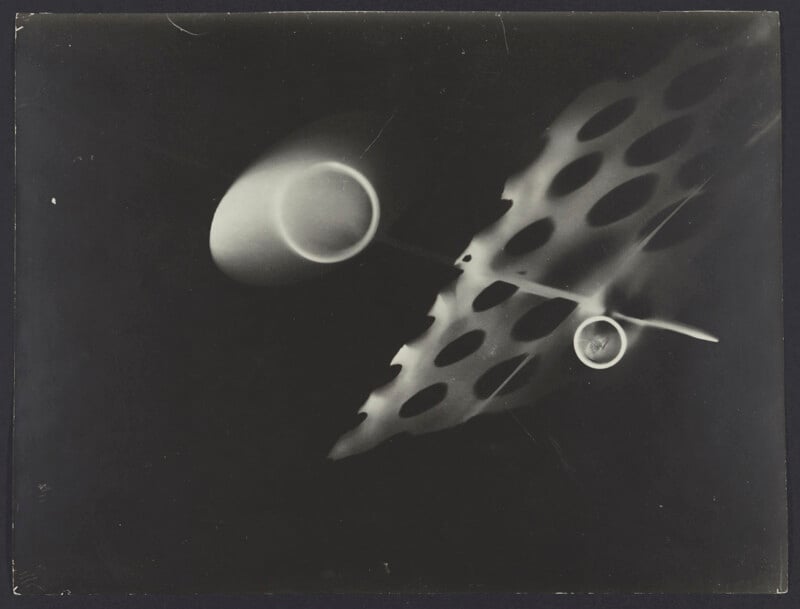 László Moholy‑Nagy (American, b. Hungary, 1895–1946), Photogram , 1925. Gelatin silver print. George Eastman Museum, purchase with funds from Eastman Kodak Company.
László Moholy‑Nagy (American, b. Hungary, 1895–1946), Photogram , 1925. Gelatin silver print. George Eastman Museum, purchase with funds from Eastman Kodak Company. 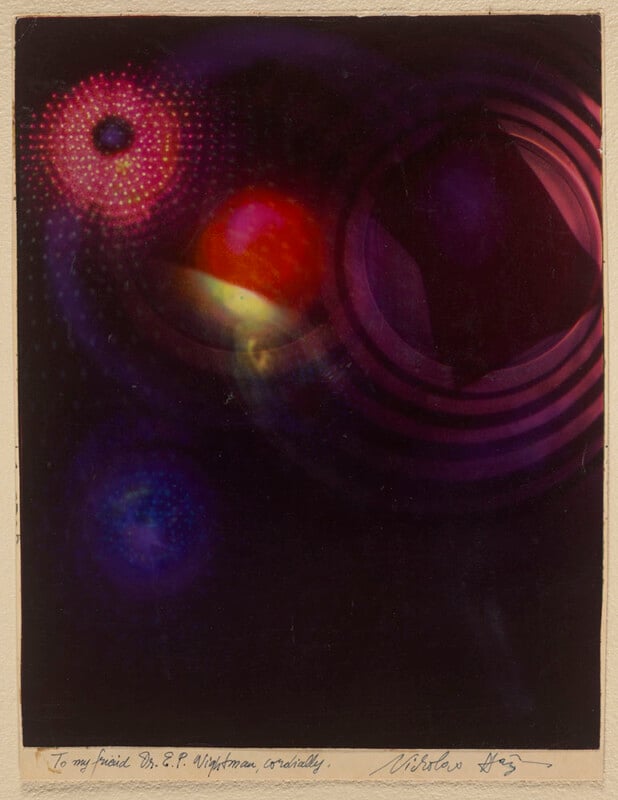 Nicholas Haáz (American, b. Hungary, 1883–1953), Color abstraction, ca. 1948. Dye imbibition print. George Eastman Museum, gift of Dr. Eugene P . Wightman, 1954.
Nicholas Haáz (American, b. Hungary, 1883–1953), Color abstraction, ca. 1948. Dye imbibition print. George Eastman Museum, gift of Dr. Eugene P . Wightman, 1954.
The exhibition will look at the work of László Moholy-Nagy, known for his avant-garde photography, he moved to Chicago and inspired a “New Bauhaus” that can still be seen today in the form of the Institute of Design in Chicago, part of the Illinois Institute of Technology.
More than 150 stunning and surreal photographs capture the unexpected beauty of fleeting shadows, gritty urban life, glamorous celebrities, and the promises of America. Included are works by notable artists such as André Kertész, Nickolas Muray, Martin Munkácsi, and György Kepes, along with less familiar names whose images are instantly recognizable. One example is Robert Capa, a pioneer of modern photojournalism whose photographs of Omaha Beach on D-Day are among the most famous of World War II.
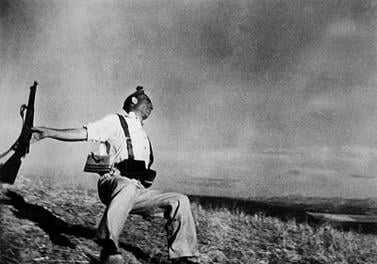 Arguably the most famous photograph taken by a Hungarian, Robert Capa’s ‘The Falling Soldier’ allegedly depicts the moment a solider is fatally struck during the Battle of Cerro Muriano in the Spanish Civil War. | Wikimedia Commons
Arguably the most famous photograph taken by a Hungarian, Robert Capa’s ‘The Falling Soldier’ allegedly depicts the moment a solider is fatally struck during the Battle of Cerro Muriano in the Spanish Civil War. | Wikimedia Commons
Seeking to “provide a missing chapter in art history,” American, born Hungary debuted at the Museum of Fine Arts in Budapest on April 5, 2024, before moving to the Virginia Museum of Fine Arts in October 2024. Its stop at the George Eastman Museum will be its final venue.
The exhibit opens on September 25 at 6 P.M. Ticket information can be found on the Eastman Museum website.

